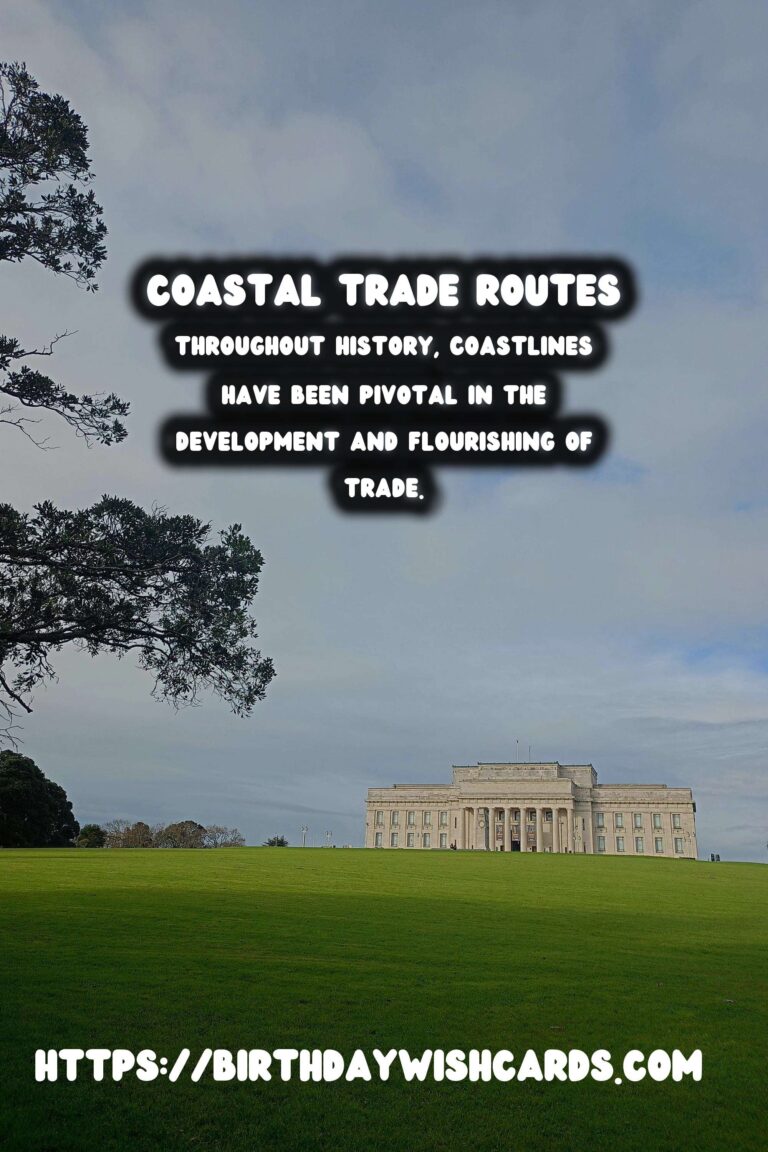
Throughout history, coastlines have been pivotal in the development and flourishing of trade. Natural harbors and coastal features provided ancient civilizations with the means to explore, exchange goods, and establish powerful empires. This article delves into how coastlines facilitated trade and influenced historical narratives across different epochs and regions.
The Geographical Advantage of Coastlines
Coastlines are geographical assets that have historically facilitated maritime navigation, allowing for easier travel and transport. Their strategic positioning enabled the exchange of goods, culture, and technology, significantly impacting economic development. From the Mediterranean to the Indian Ocean, coastlines offered safe harbor for ships, influencing trade patterns and economic centers.
Ancient Civilizations and Maritime Trade
Several ancient civilizations leveraged their coastal locations to become dominant maritime powers. The Phoenicians, known for their seafaring prowess, established trade routes across the Mediterranean, trading goods like glass, purple dye, and timber. Similarly, the Greeks set up colonies along the coast to facilitate trade and cultural exchange.
The Silk Road of the Sea: Maritime Silk Road
The Maritime Silk Road underscores the importance of coastlines in linking Asia, the Middle East, Africa, and Europe. Coastal cities like Guangzhou in China became bustling hubs for the trade of silk, spices, and other luxury goods, enhancing cultural and economic ties between distant lands.
Coastlines and the Age of Exploration
The Age of Exploration exemplifies the prominent role of coastlines in world history. European explorers like Vasco da Gama and Christopher Columbus embarked on maritime voyages that reshaped global trade and led to the exchange of goods, ideas, and cultural practices on an unprecedented scale.
Port Cities: Epicenters of Trade
Coastal cities like Venice, Amsterdam, and Lisbon became epicenters of trade due to their strategic locations. These port cities thrived on maritime commerce and developed vast networks that extended their influence far beyond their immediate geographic boundaries.
Modern-Day Coastlines and Trade
In today’s globalized economy, coastlines continue to play a crucial role. Major ports facilitate the movement of goods worldwide, contributing to a significant portion of global trade. Coastal infrastructure advancements have augmented the capacity and efficiency of modern trade activities.
The evolution of trade networks throughout history highlights the indispensable role of coastlines. From ancient civilizations to modern-day economies, coastlines have not only shaped trade but have also contributed to cultural exchanges and the spread of innovation.
Understanding the historical significance of coastlines enriches our comprehension of past economic systems and informs current maritime and trade policies aimed at fostering international cooperation and economic growth.
Throughout history, coastlines have been pivotal in the development and flourishing of trade. Coastlines are geographical assets that have historically facilitated maritime navigation, allowing for easier travel and transport. 

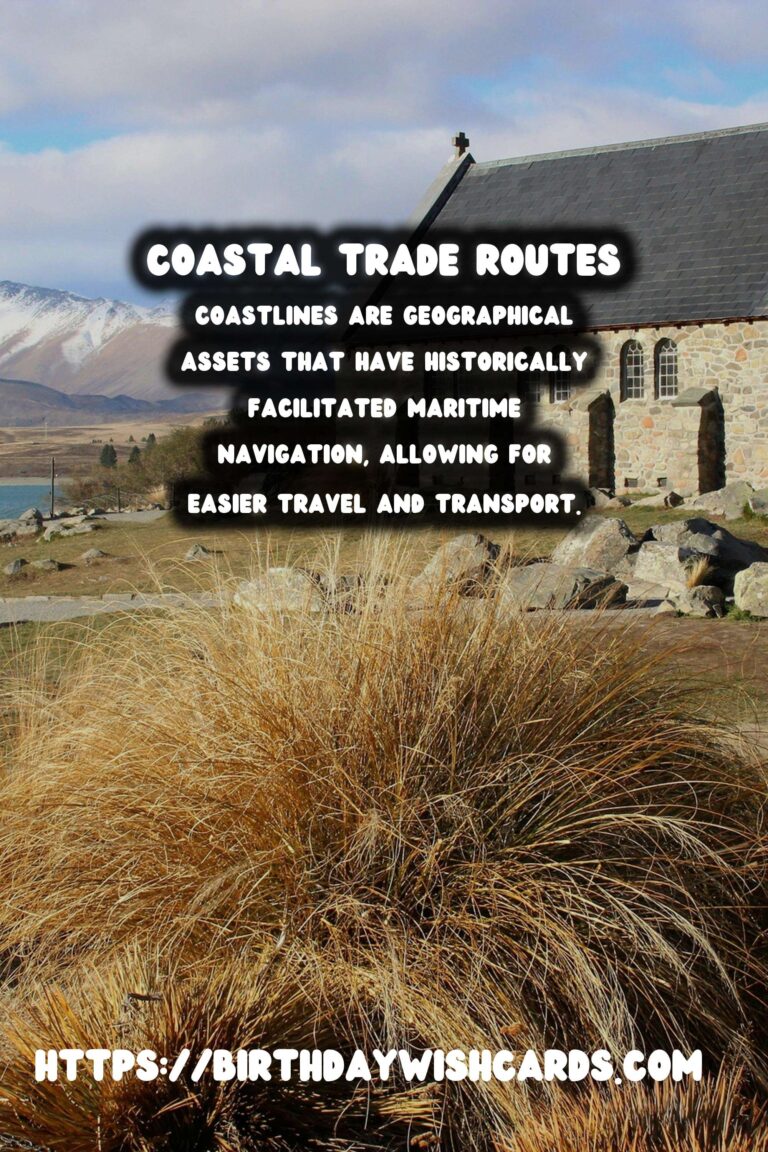
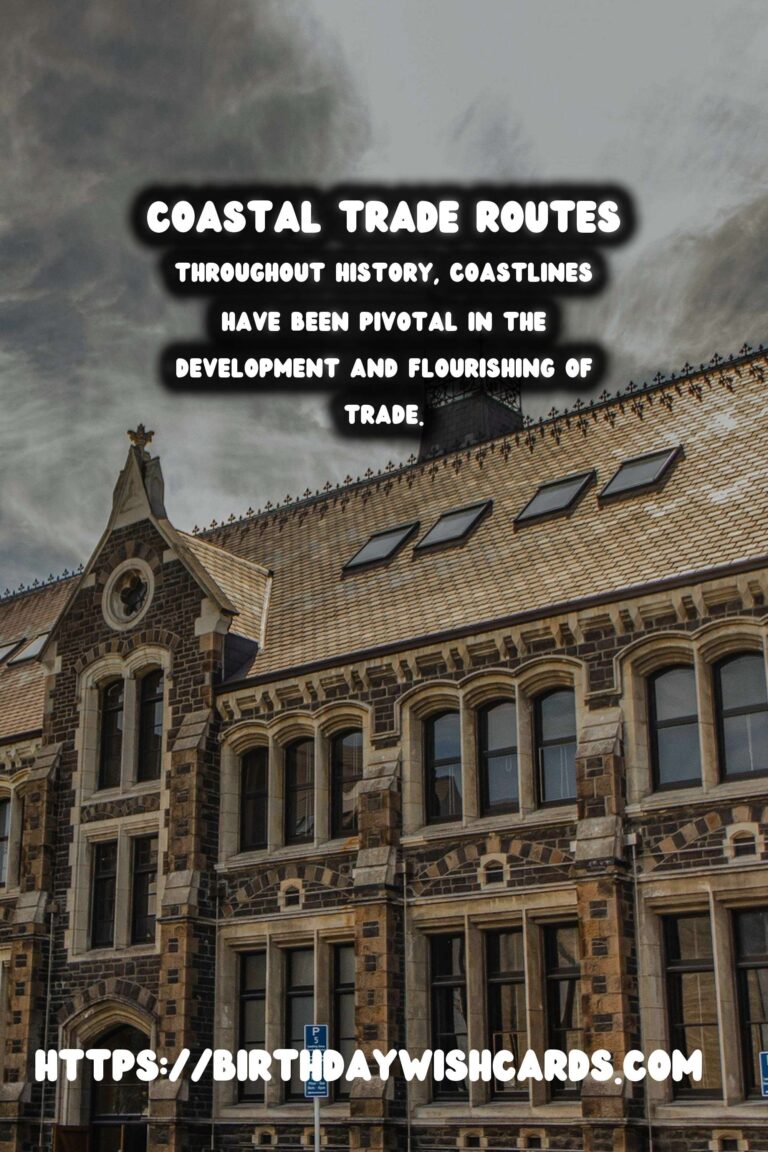

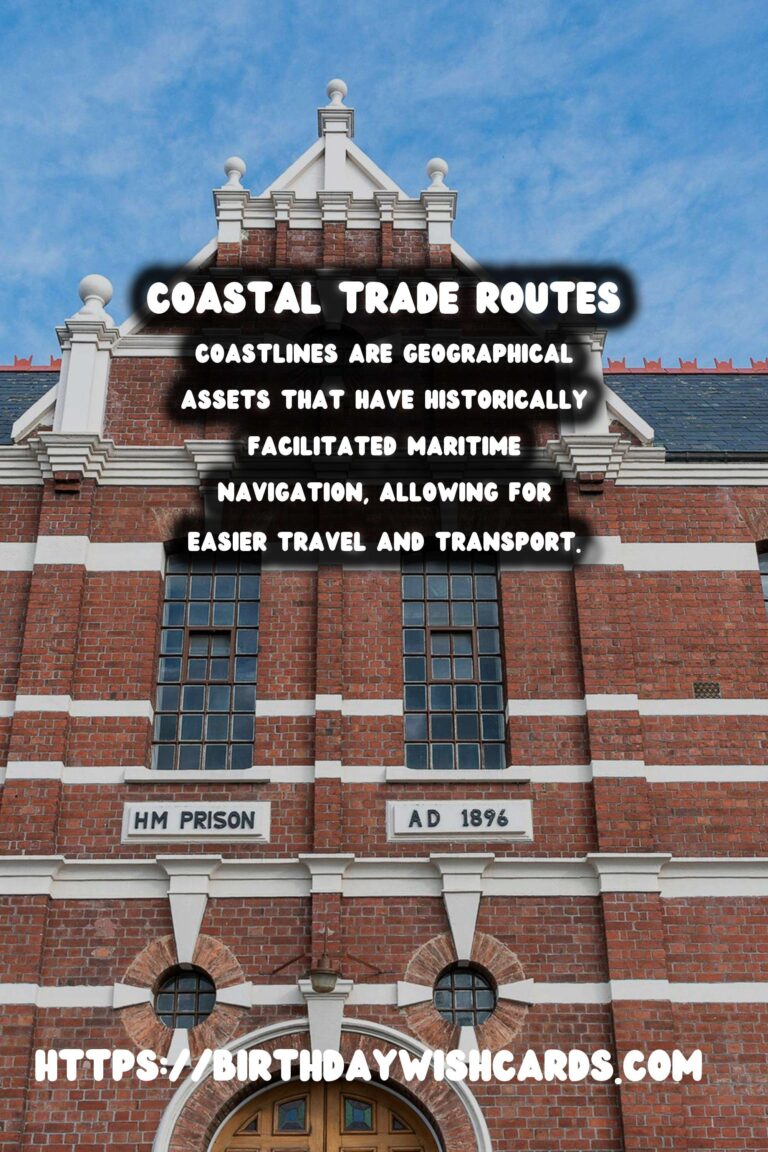
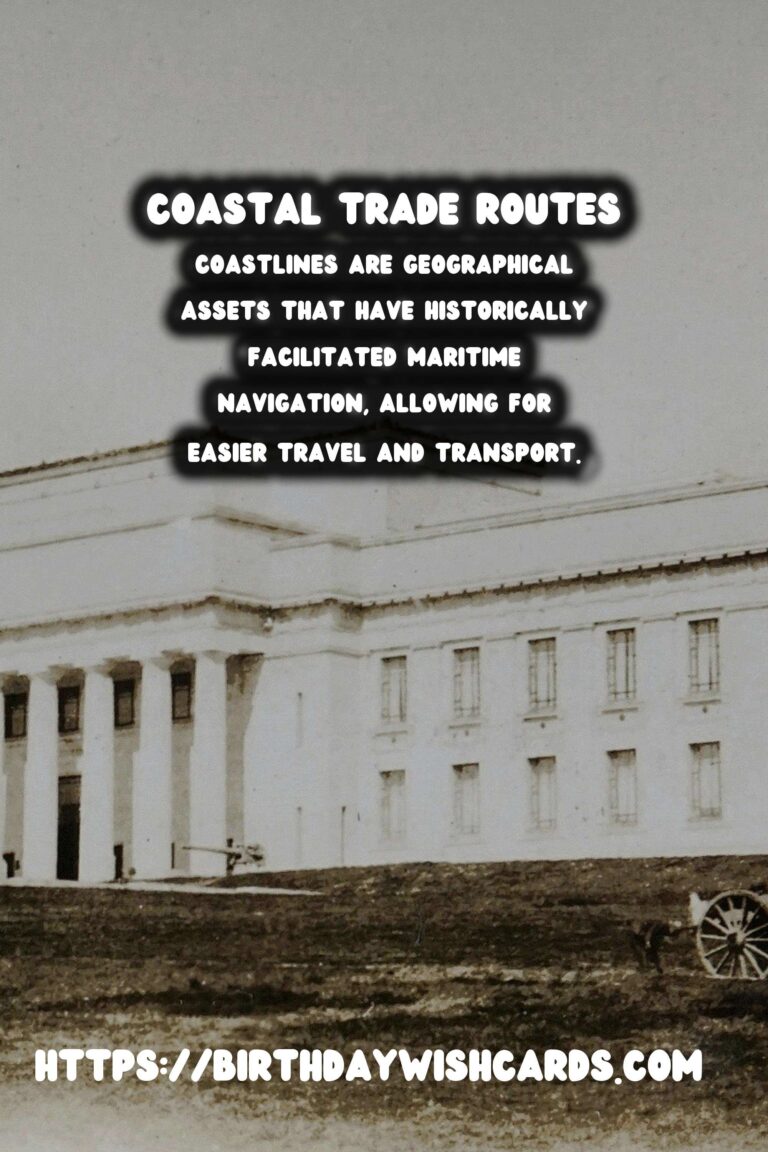

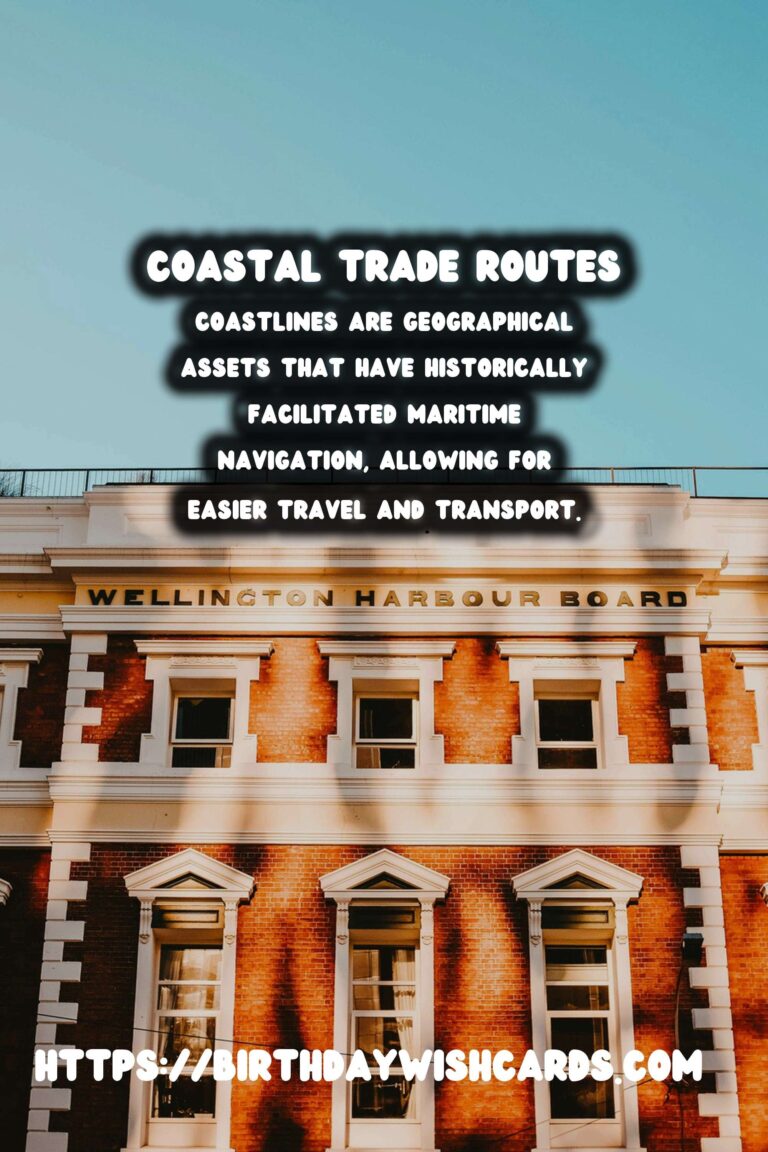

#HistoricalTrade #Coastlines




